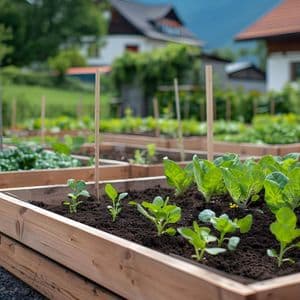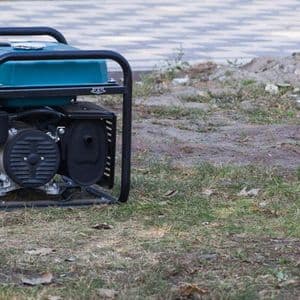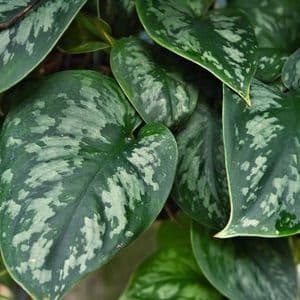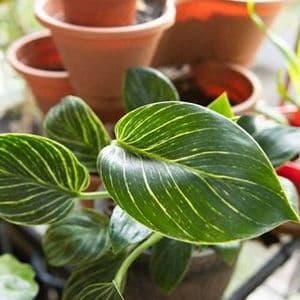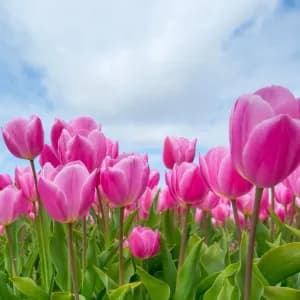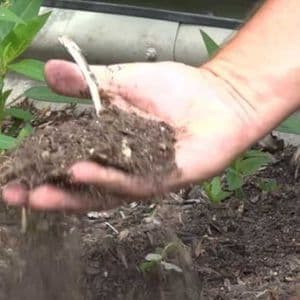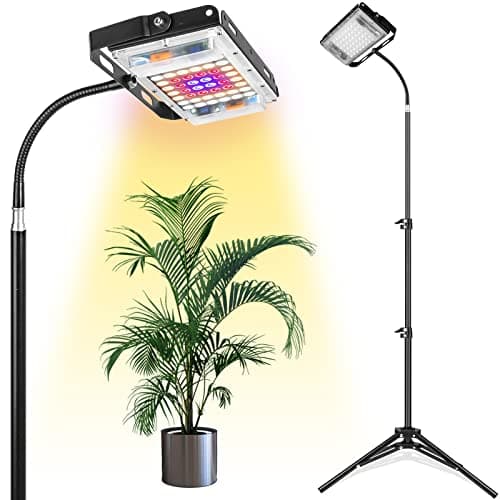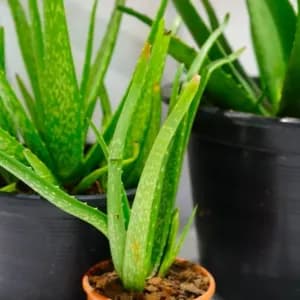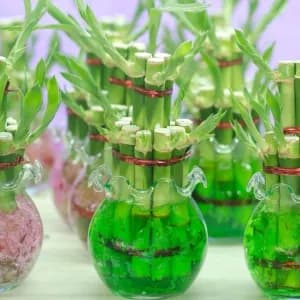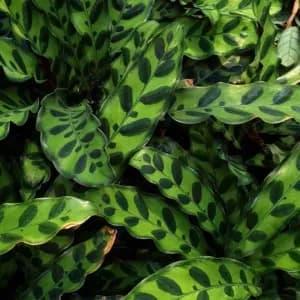Japanese maple trees grow in temperate climates all over the world. This beautiful tree is a popular garden plant in most of the countries. Japanese maple trees are easy to grow, require little maintenance, and are very versatile. They are perfect for shady areas where they will provide shade, and they tolerate a wide range of soil conditions. In this article, our expert will guide you on how to grow and care for Japanese maple trees. Keep reading.
Overview
| Common Name | Japanese maple |
| Botanical Name | Acer palmatum |
| Plant Type | Deciduous tree or shrub |
| Sun Exposure | Partial shade to full sun |
| Mature Size | Varies by variety, from 3 to 25 feet tall and wide |
| Soil pH | Slightly acidic to neutral (5.5 to 7.0) |
| Soil Type | Well-drained, moist, fertile, and organic |
| Flower Color | Red, purple, or yellow (inconspicuous) |
| Toxicity | Non-toxic to humans and pets |
Types of Japanese Maple
- Coral Bark (Acer palmatum 'Sango Kaku'): This variety is known for its bright coral-red bark that contrasts with the green or yellow leaves. It grows up to 20 feet tall and has a graceful, upright habit. The leaves turn golden-yellow in fall before dropping. Coral Bark is one of the prettiest Japanese maple trees for its changing foliage but also bright coral bark, which gives this tree its striking contrast all year round.
- Bloodgood (Acer palmatum atropurpureum 'Bloodgood'): This is one of the most popular Japanese maple cultivars, with reddish-purple leaves that hold their color well throughout the summer. It reaches up to 20 feet high and wide, and has a rounded crown. The leaves turn crimson-red in fall, adding more drama to the landscape. Bloodgood is suitable for USDA hardiness zones 5–8.
- Crimson Queen (Acer palmatum dissectum 'Crimson Queen'): This is a dwarf weeping variety that grows only about 10 feet tall and wide. It has finely dissected, lace-like leaves that are deep red in spring and summer, and turn scarlet in fall. The cascading branches create a stunning effect in containers or small gardens. Crimson Queen is one of the most popular laceleaf Japanese maples.
- Emperor One (Acer palmatum 'Wolff'): This is another red-leaved cultivar that is similar to Bloodgood, but more resistant to leaf scorch and sunburn. It grows up to 15 feet tall and wide, and has a dense, upright habit. The leaves are dark purple-red in spring and summer, and turn bright red in fall. Emperor One is one of the fastest-growing Japanese maples.
- Green Cascade (Acer japonicum 'Green Cascade'): This is a weeping variety that belongs to a different species of Japanese maple, Acer japonicum. It has large, green leaves that are deeply lobed and serrated. It grows up to 10 feet tall and wide, and has a graceful, pendulous habit. The leaves turn yellow, orange, and red in fall, creating a spectacular display. Green Cascade is suitable for USDA hardiness zones 5–7.
How to Care for Japanese Maple
Temperature and Humidity
Japanese maples with green leaves are typically a better option in hot, dry conditions because red-leaf species are more prone to leaf scorch. Generally speaking, trees can survive moderate dampness. Although certain kinds can thrive in USDA zones 5, Japanese maples typically grow best in zones 6 to 8. Keep your Japanese maple away from locations with high winds. In their initial years, young trees will also require some winter protection.Soil
Japanese maple trees prefer soil that is both compost-enriched and moist but well-drained. Although sandy and loamy soil will fine, avoid soil with a high alkalinity level because Japanese maples like a slightly acidic environment. Japanese maple trees can also thrive in poor soil, although they will develop more slowly and may experience stress.Water
Although well-draining soil is preferred by Japanese maples, they also enjoy routine watering. Mulching is the simplest approach to control the amount of moisture in the soil around a Japanese maple. When the earth feels dry, especially when it hasn't rained much, take the time to water your tree until it is well-established. For the first month after planting, a tree needs water every two to three days. After that, it need water at least once per week, particularly when there is no rain or snow. Anecdotal evidence suggests that reducing water in the late summer enhances fall color. No scientific research, however, supports the hypothesis [1].Fertilizer
Don't fertilize a newly planted Japanese maple and only feed it in the second year's late winter or early spring. Put it in soil that has been supplemented with compost instead. Healthy trees with sufficient of organic matter in the soil do not require annual fertilizing. If fertilizer is required, apply it in the spring. Apply a granular slow-release fertilizer for shrubs and trees, combining it at half the rate advised for landscaping trees. Avoid using liquid fertilizer since it can cause the roots to burn. Starting at least a foot away from the tree's trunk and extending past its drip line, apply the fertilizer evenly all around the tree. Spread the fertilizer 1 foot beyond the drip line for every 5 feet of height as a general rule.Light
In part shade to filtered sun, cultivate Japanese maple. It is an excellent tree for full shade if required, especially in the warmer zones, but before buying one, do some research because different cultivars have varied requirements. Any cultivar rarely tolerates afternoon sun, which frequently results in sunburned Japanese maple leaves.How to Grow for Japanese Maple
- Choose the right variety. There are hundreds of cultivars of Japanese maples, each with different shapes, sizes, colors and leaf patterns. Some are more suited for cold or hot weather, while others prefer more sun or shade. Do some research before buying a Japanese maple to find the one that matches your preferences and conditions.
- Plant it in a suitable spot. Japanese maples like well-drained, slightly acidic soil that is rich in organic matter. They also need protection from strong winds and harsh sun, especially in summer. Find a location that offers partial shade and shelter from the elements. Avoid planting near sidewalks, driveways or walls that can reflect heat and damage the delicate leaves.
- Water and fertilize regularly. Japanese maples need consistent moisture, but not too much or too little. Water deeply and thoroughly once or twice a week, depending on the weather and soil type. Avoid wetting the leaves or trunk, as this can cause fungal diseases. Fertilize with a balanced, slow-release fertilizer in spring and fall, following the package directions. Do not overfeed, as this can cause excessive growth and weak branches.
- Prune and shape carefully. Japanese maples do not need much pruning, except to remove dead, diseased or crossing branches. Prune in late winter or early spring, before the buds swell. Use sharp and clean tools to make clean cuts at an angle. Avoid cutting more than a third of the tree at a time, as this can stress the tree and reduce its vigor. You can also shape the tree by selectively thinning out some branches to create a more open and graceful form.
- Protect from pests and diseases. Japanese maples are generally resistant to most pests and diseases, but they can still be affected by some common problems. Aphids, scale insects, spider mites and caterpillars can suck the sap or chew the leaves of the tree, causing discoloration, curling or holes. You can control them by spraying with insecticidal soap or neem oil, or by releasing beneficial insects like ladybugs or lacewings. Powdery mildew, leaf spot, verticillium wilt and root rot are some of the fungal diseases that can infect Japanese maples, causing white patches, brown spots, wilting or decay. You can prevent them by keeping the tree healthy, avoiding overhead watering, improving drainage and air circulation, and applying fungicides if needed.


